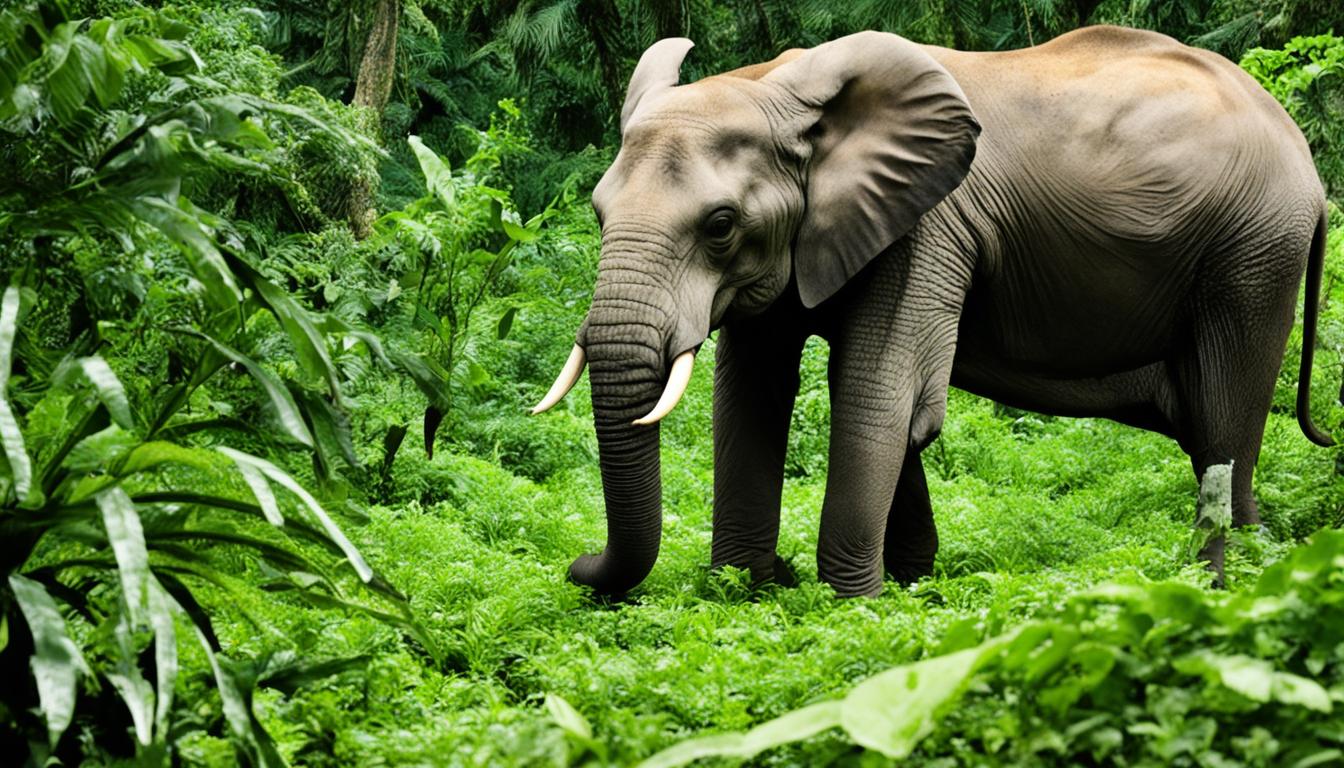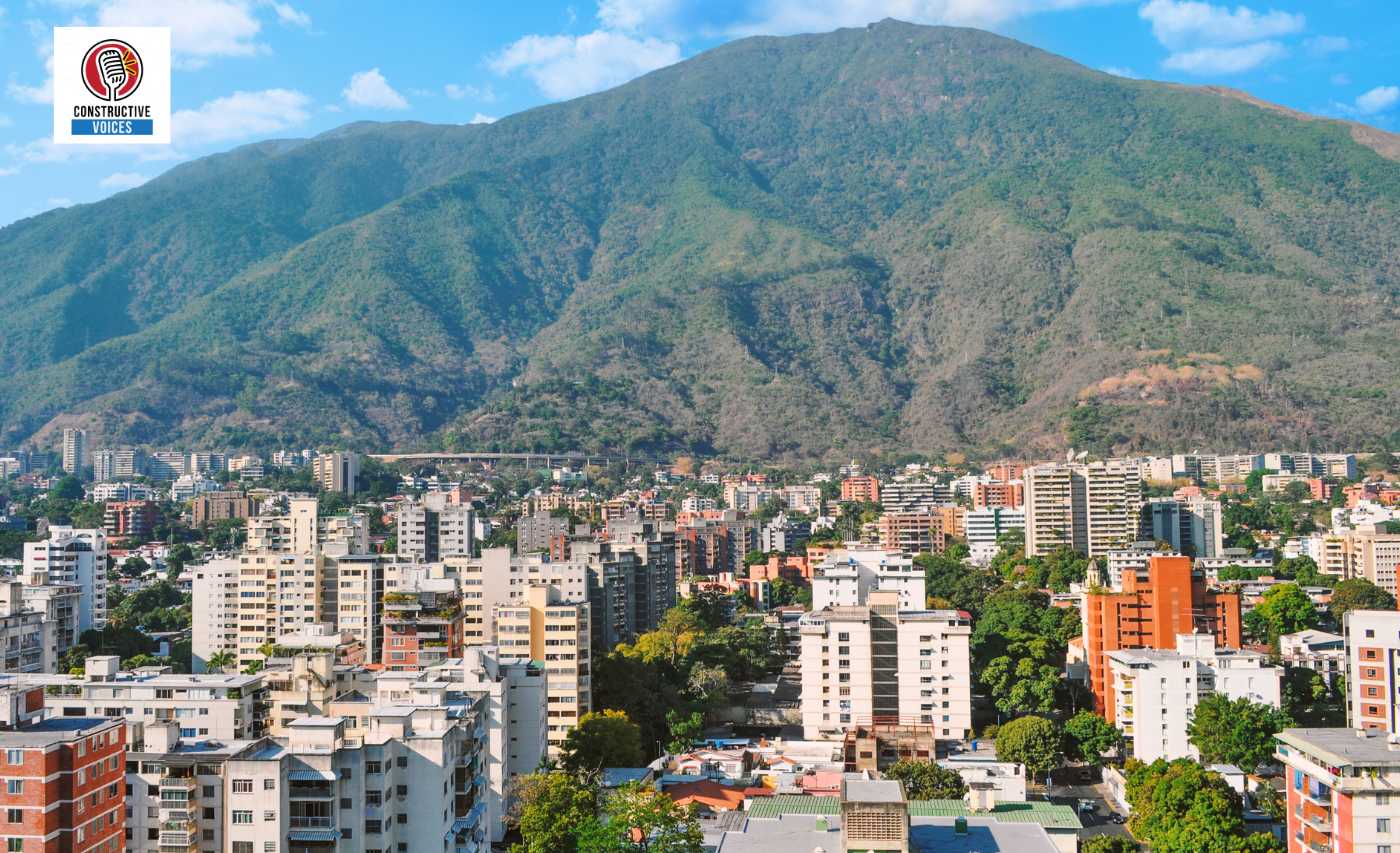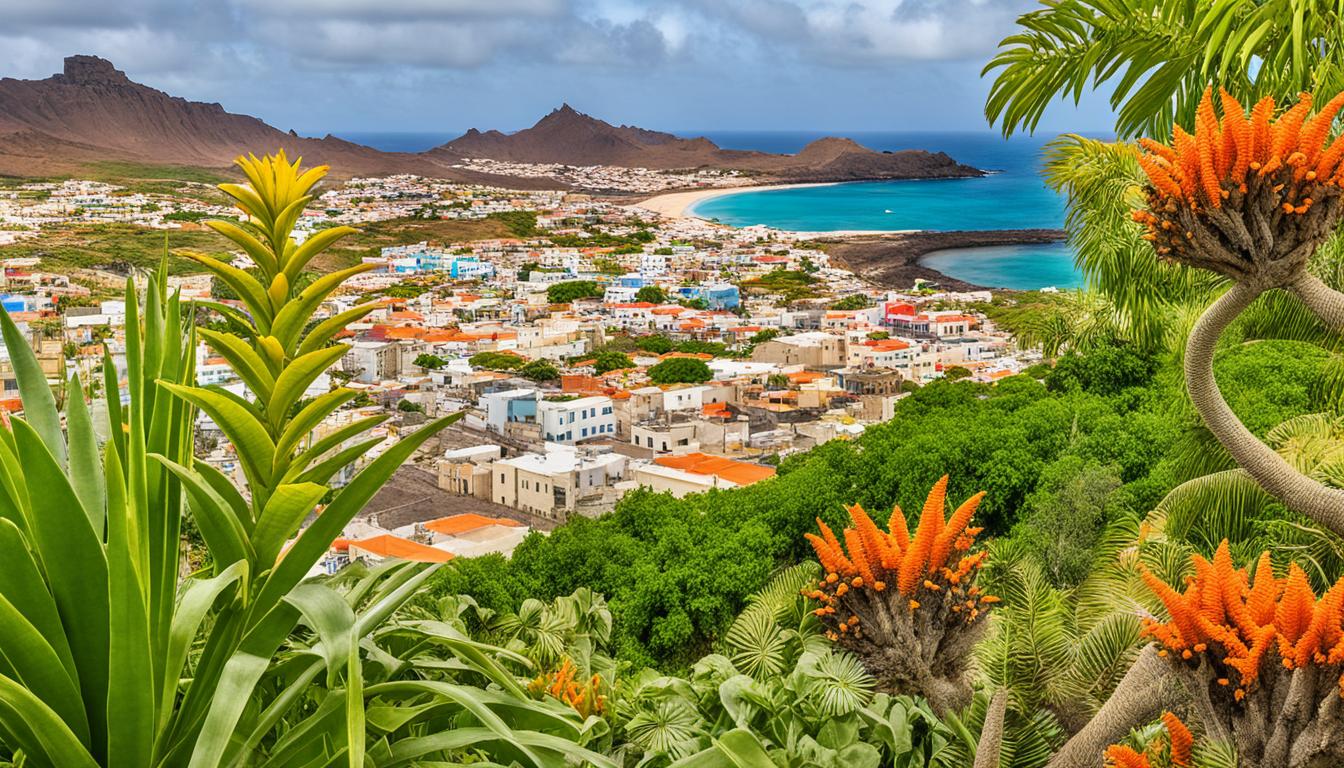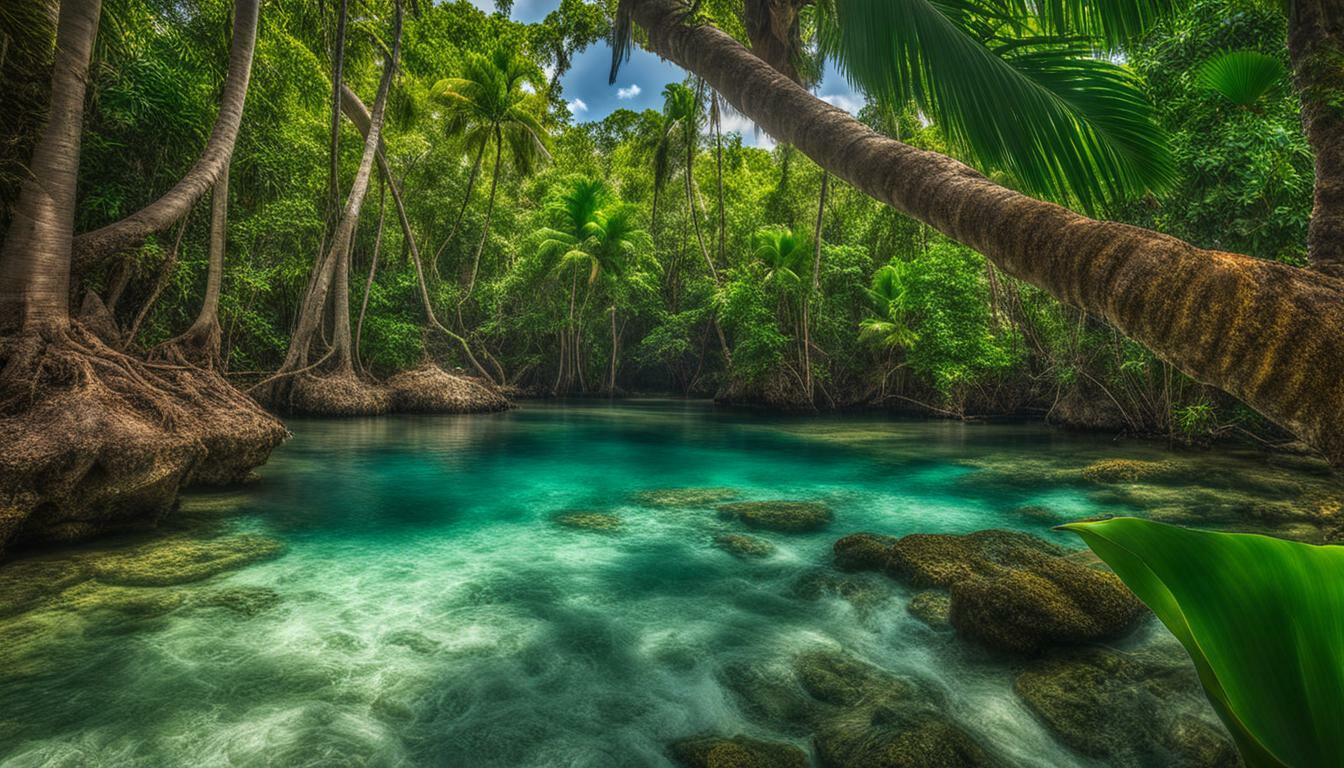Thailand Biodiversity: Animal and Plant Species and What Is Under Threat
Did you know that Thailand is home to an astonishing 15,000 plant species, representing a whopping 8% of the world’s total? This Southeast Asian country is truly a biodiversity hotspot, brimming with an incredible array of animal and plant life. However, the sad truth is that many of these species are now under threat.
Key Takeaways:
- Thailand boasts 15,000 plant species, accounting for 8% of the world’s total.
- Various animal species, including mammals, birds, reptiles, and fishes, contribute to Thailand’s rich biodiversity.
- 121 mammal species, 184 bird species, 33 reptile species, 5 amphibian species, 218 fish species, and 1,131 plant species in Thailand are at risk.
- The main threats to Thailand’s biodiversity include illegal hunting, habitat loss, destructive fishing practices, pollution, and invasive species.
- Conservation efforts are underway to protect and preserve Thailand’s unique natural heritage.
Thailand’s Unique Ecosystems and Habitats
Thailand boasts a remarkable array of ecosystems and habitats, each teeming with life and contributing to the country’s rich biodiversity. From lush forests and majestic mountains to serene wetlands and vibrant coastal areas, Thailand is a haven for a diverse range of plant and animal species.
These ecosystems are not merely picturesque landscapes but serve as vital homes and sanctuaries for Thai flora and fauna. They provide the necessary conditions for a thriving ecosystem and offer essential resources for the survival of various species.
Thailand is blessed with several biodiversity hotspots that deserve special attention. For instance, the Indochinese region in the north is known for its lush forests, home to numerous rare and endemic plant species. In the south, the Sundiac region boasts stunning marine environments, including coral reefs and seagrass beds, supporting a plethora of marine life.
Due to Thailand’s diverse landscapes, which include 15 mountain ranges and numerous river basins, the country exhibits an impressive range of biological diversity. These natural features create unique conditions that promote the presence of rare and endemic species, making Thailand a treasure trove of biodiversity.
Selected Biodiversity Hotspots in Thailand:
- Indochinese region
- Sundiac region
| Ecosystems and Habitats | Biodiversity Contribution |
|---|---|
| Forests | A home to rare plant species such as orchids and bamboos, as well as diverse animal life including gibbons and Asian elephants. |
| Mountains | Support a wide range of altitudinal zones, from tropical rainforests to alpine meadows, accommodating diverse plant and animal communities. |
| Wetlands | Provide critical habitats for migratory birds, waterfowl, and various aquatic species, contributing to the overall ecological balance. |
| Coastal Areas | Abundant in mangrove forests, seagrass beds, and estuaries, which sustain a rich assortment of marine and terrestrial organisms. |
| Marine Environments | Host incredible biodiversity, including coral reefs, where an array of colorful fish, mollusks, and other marine species thrive. |
Thailand’s unique ecosystems and habitats are not only intrinsic to the country’s natural heritage but also vital for the preservation and sustainability of its diverse flora and fauna. Protecting and conserving these areas is crucial in maintaining the delicate balance of the Thai ecosystems and safeguarding the future of biodiversity in the country.
Threatened Species in Thailand
Thailand is currently experiencing a significant loss of species, with numerous animal and plant species categorized as endangered or threatened. The numbers are alarming, with 121 mammal species, 184 bird species, 33 reptile species, 5 amphibian species, 218 fish species, and 1,131 plant species facing the risk of extinction. These figures emphasize the critical importance of biodiversity conservation efforts in Thailand.
Among the endangered species in Thailand, there are some notable examples, including wild elephants, tigers, guars, bantengs, irrawaddy dolphins, and various plant species. These magnificent creatures and delicate plants are essential components of Thailand’s unique ecosystem, and their protection is vital to maintaining the country’s biodiversity.
“The beauty and diversity of Thailand’s wildlife are a testament to the country’s natural heritage, and ensuring the survival of these endangered species is our responsibility.”
Several conservation measures are being implemented to safeguard these endangered species and their habitats. This includes the establishment of wildlife sanctuaries and protected areas dedicated to their preservation. Critical habitats are being identified and safeguarded, and strict regulations on hunting and trade are being enforced to combat illegal activities threatening these species.
The preservation of Thailand’s biodiversity relies on concerted efforts to protect these endangered species, ensuring a sustainable future for both the wildlife and the ecosystems they inhabit. By nurturing and conserving these precious resources, Thailand can continue to be a beacon of biodiversity in Southeast Asia.
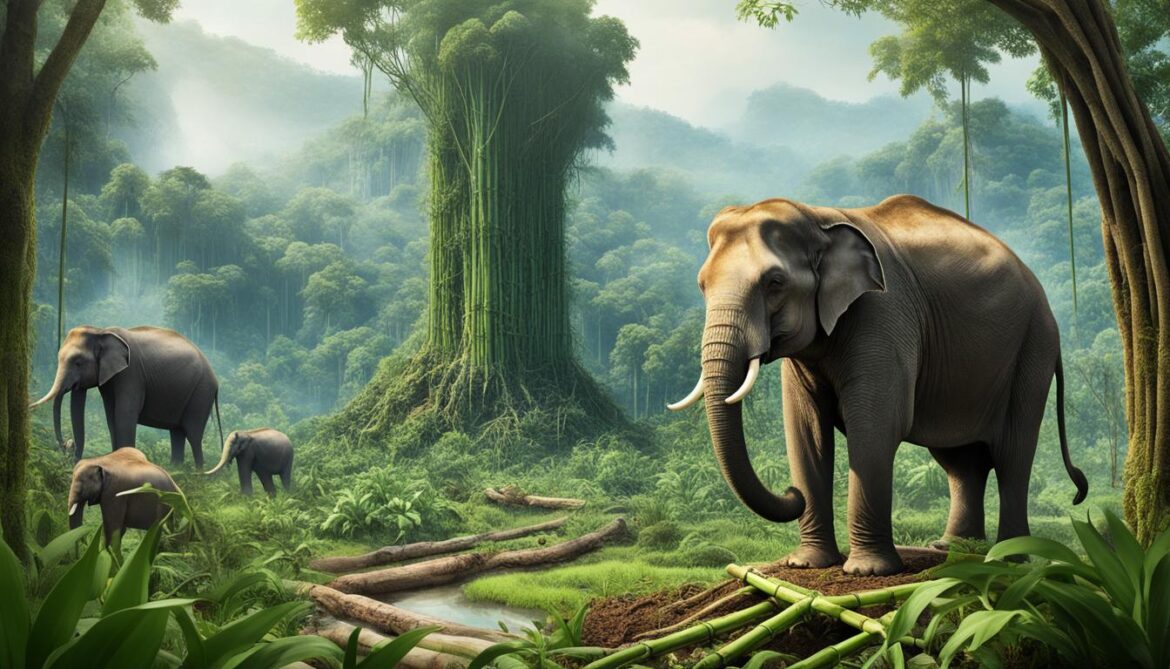
Threatened Species in Thailand:
| Category | Number of Species |
|---|---|
| Mammals | 121 |
| Birds | 184 |
| Reptiles | 33 |
| Amphibians | 5 |
| Fishes | 218 |
| Plants | 1,131 |
Impact of Human Activities on Biodiversity in Thailand
Human activities have had a significant impact on the biodiversity of Thailand. The country’s rich ecosystems and diverse species face numerous threats, including habitat loss, illegal logging, destructive fishing practices, and pollution. These activities have resulted in the degradation and destruction of valuable habitats, such as mangrove forests and coral reefs, and have led to the decline of various plant and animal species.
Habitat loss is a major concern in Thailand. Forest clearance and urbanization have led to the destruction of natural habitats, displacing numerous species and contributing to the loss of biodiversity. The conversion of land for agricultural purposes and infrastructure development further exacerbates the problem, fragmenting ecosystems and reducing the availability of suitable habitats for wildlife.
Illegal logging poses another significant threat to Thailand’s biodiversity. The extraction of timber without proper regulations and sustainable practices results in the destruction of forests, leading to the loss of habitat for numerous plant and animal species. This activity also disrupts the natural balance of ecosystems and contributes to the decline of endangered species.
Destructive fishing practices have a detrimental impact on marine biodiversity in Thailand. Overfishing, the use of dynamite or cyanide for fishing, and the capture of non-target species harm delicate marine ecosystems and deplete fish populations. These practices not only disrupt the natural balance but also threaten the livelihoods of fishing communities that rely on sustainable fishing practices.
Pollution from industrial activities and agriculture further endangers Thailand’s biodiversity. The release of toxic substances into water bodies and soils can disrupt ecosystems and harm organisms, including plants, animals, and microorganisms. Pollution also affects water quality, contaminating aquatic habitats and endangering the biodiversity that relies on them.
The introduction of invasive alien species is also a major concern. Non-native species, whether intentionally or unintentionally introduced, can outcompete native species for resources and disrupt local ecosystems. This can lead to the decline or extinction of native species and negatively impact the overall biodiversity of an area.
Urgent measures are necessary to address these threats and promote sustainable practices to protect Thailand’s biodiversity. Conservation efforts, such as the establishment of protected areas, the implementation of regulations to control logging and fishing practices, and the adoption of sustainable agricultural and industrial practices, are crucial for the preservation of Thailand’s unique fauna and flora.
| Threats | Impact on Biodiversity |
|---|---|
| Habitat loss | Loss of natural habitats, displacement of species, fragmentation of ecosystems |
| Illegal logging | Destruction of forests, loss of habitat, decline of endangered species |
| Destructive fishing practices | Disruption of marine ecosystems, depletion of fish populations |
| Pollution | Disruption of ecosystems, harm to organisms, contamination of habitats |
| Invasive alien species | Disruption of local ecosystems, decline or extinction of native species |

By addressing these threats and promoting sustainable practices, it is possible to mitigate the impact of human activities on Thailand’s biodiversity. Through conservation efforts, education, and public awareness, we can work towards preserving the country’s unique flora and fauna for future generations.
Climate Change and Biodiversity in Thailand
Climate change is a significant factor affecting biodiversity conservation in Thailand. The impacts of rising temperatures, shifting rainfall patterns, and extreme weather events can have far-reaching consequences for ecosystems and species. These changes pose new challenges to the delicate balance of Thailand’s biodiversity.
According to projections, the effects of climate change on Thailand’s biodiversity are alarming. By 2070, many species are expected to experience a decline in population, putting them at greater risk of extinction. The vulnerability of species to climate change can vary, with some amphibians and reptiles projected to exhibit increased population numbers due to changing environmental conditions.
Adaptation measures are crucial for mitigating the impacts of climate change on biodiversity in Thailand. The protection and restoration of habitats play a vital role in providing refuge for species affected by changing climates. Furthermore, the establishment of climate-resilient protected areas is essential for safeguarding biodiversity and maintaining ecological balance.
In addition to habitat conservation, sustainable land and water management practices are necessary to address the challenges posed by climate change. By adopting sustainable practices, such as responsible land use and resource management, Thailand can minimize further damage to its biodiversity and enhance the resilience of its ecosystems.
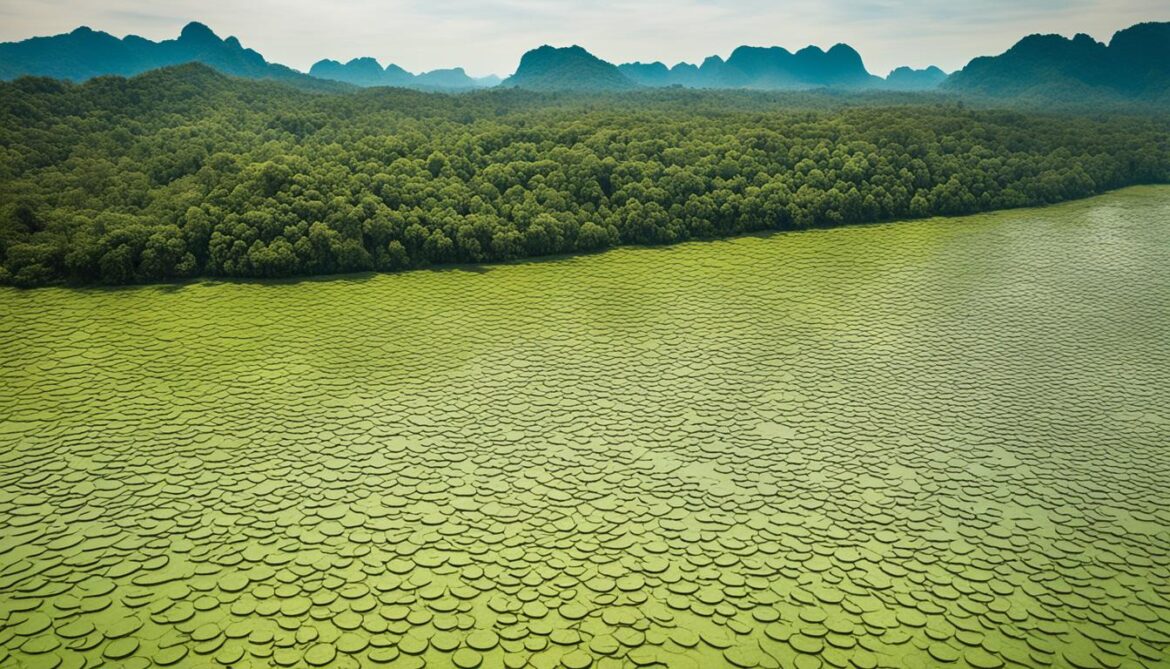
In conclusion, climate change poses a real threat to the biodiversity of Thailand. The projected impacts of rising temperatures, changing rainfall patterns, and extreme weather events highlight the vulnerability of many species. However, with strategic adaptation measures, including habitat protection, the establishment of climate-resilient protected areas, and sustainable land and water management practices, Thailand can mitigate these impacts and preserve its rich biodiversity for future generations.
Conservation Efforts and Protected Areas in Thailand
Thailand has demonstrated its commitment to biodiversity conservation through the establishment of protected areas. Currently, approximately 22.8% of the country’s land area is designated as protected areas, including national parks, wildlife sanctuaries, and forest parks. These protected areas serve as crucial safeguards for important habitats and species, playing a vital role in preserving Thailand’s unique biodiversity.
Efforts are underway to further expand the protected area system, aiming to achieve a target coverage of 25%. This expansion will contribute to the enhanced protection of wildlife and ecosystems across the country, ensuring the long-term sustainability of Thailand’s natural heritage.
In addition to protected areas, various conservation initiatives and programs are being implemented in Thailand. These initiatives aim to promote sustainable land and resource management practices, raise awareness about the importance of biodiversity conservation, and engage local communities in conservation efforts.
The conservation initiatives include:
- Education and outreach programs to raise awareness about the value of biodiversity and the need for its protection.
- Sustainable tourism practices that promote responsible environmental behavior and minimize negative impacts on ecosystems.
- Collaboration with local communities to develop community-based conservation projects that integrate traditional knowledge and practices.
- Restoration of degraded habitats to enhance biodiversity and ecosystem functions.
These conservation efforts are essential for preserving Thailand’s rich biodiversity and ensuring a sustainable future for both wildlife and people. Through a combination of protected areas, community engagement, and sustainable practices, Thailand is taking significant steps towards biodiversity conservation.

| Protected Area Type | Area (km²) |
|---|---|
| National Parks | ~XX,XXX |
| Wildlife Sanctuaries | ~XX,XXX |
| Forest Parks | ~XX,XXX |
Threats to Thailand’s Marine and Coastal Biodiversity
Thailand’s coastal and marine ecosystems are under significant threat, endangering the rich biodiversity found in these areas. Coastal regions are home to diverse habitats such as mangrove forests and coral reefs, which play a crucial role in supporting marine life and maintaining the delicate balance of these ecosystems.
Mangrove forests, covering around 36% of Thailand’s coastline, are particularly vulnerable to various factors. Illegal wood cutting, shrimp farming, and urban development pose serious risks to the survival of mangroves. These activities disrupt the natural habitat and result in habitat destruction, directly impacting the flora and fauna that rely on mangroves for shelter and sustenance.
Moreover, coastal activities, including tourism and community settlements, have heavily impacted beach forests. The influx of visitors and construction of infrastructure in these areas have caused degradation and loss of habitat, leading to a decline in coastal biodiversity.
Protecting coral reefs is also of great importance as they are vital for marine biodiversity. However, only a small percentage of coral reefs in Thailand are in good condition. Habitat destruction, overfishing, pollution, and the impacts of climate change – including rising sea temperatures and ocean acidification – contribute to the degradation of coral reefs and pose a significant threat to the diverse marine life they support.
Conservation efforts in Thailand are aimed at safeguarding and restoring these precious ecosystems. The establishment of marine protected areas plays a crucial role in preserving coastal and marine biodiversity. By designating specific zones where human activities are regulated, marine protected areas provide a refuge for marine life to thrive and recover.
Additionally, promoting sustainable fishing practices helps ensure the long-term viability of fish populations and the overall health of marine ecosystems. By implementing responsible fishing techniques, such as selective fishing gear and regulated catch limits, the negative impact of overfishing can be minimized.
It is also essential to address pollution from both land and sea sources. Implementing measures to reduce pollution, such as proper waste management systems and the enforcement of environmental regulations, can help protect marine and coastal biodiversity from harmful substances.
The impacts of climate change, such as rising sea levels and more frequent extreme weather events, further compound the threats to marine and coastal ecosystems. Therefore, it is crucial to integrate climate change adaptation strategies into conservation efforts to increase the resilience of these ecosystems and the species that depend on them.
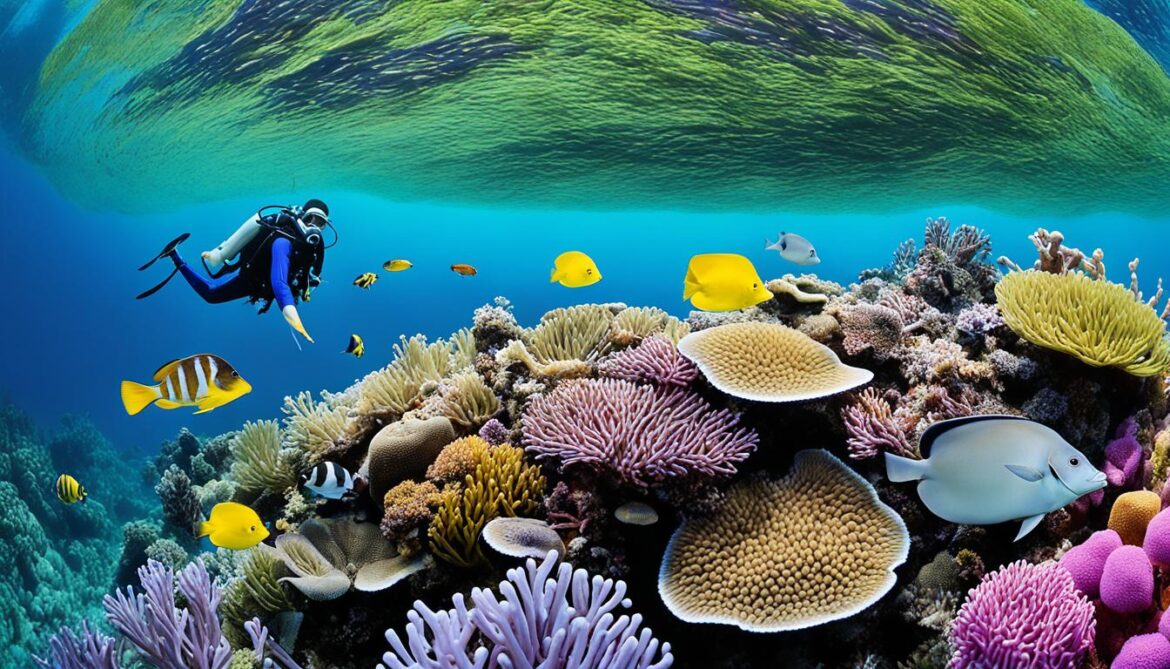
In conclusion, preserving Thailand’s coastal and marine biodiversity requires comprehensive conservation strategies that address the various threats these ecosystems face. By protecting and restoring mangrove forests, coral reefs, and other coastal habitats, we can ensure the survival of the diverse plant and animal species that call these areas home. Sustainable fishing practices, pollution reduction, and climate change adaptation measures are essential in safeguarding the long-term health and resilience of Thailand’s marine and coastal ecosystems.
Conservation Policies and Initiatives in Thailand
Thailand has implemented various conservation policies and initiatives to safeguard its rich biodiversity. The National Biodiversity Strategy and Action Plan (NBSAP) plays a pivotal role in guiding biodiversity conservation efforts in the country. It outlines comprehensive strategies and action plans focused on protecting biodiversity, promoting sustainable use, mitigating threats, and strengthening national capacity.
Thailand is also actively working towards achieving the Aichi Biodiversity Targets set by the Convention on Biological Diversity (CBD). These targets aim to halt the loss of biodiversity and encourage its sustainable use. Thailand’s endeavors include the establishment of protected areas, conservation of threatened species, and raising public awareness about the importance of biodiversity preservation.
Collaboration with international organizations and research institutions is a crucial aspect of Thailand’s conservation efforts. By partnering with experts and sharing knowledge and resources, Thailand can enhance its conservation policies and initiatives, leading to more effective biodiversity protection.

Key Conservation Policies and Initiatives in Thailand
- The National Biodiversity Strategy and Action Plan (NBSAP): A comprehensive framework for biodiversity conservation in Thailand.
- The Aichi Biodiversity Targets: Efforts towards achieving the global biodiversity goals set by the CBD.
- Establishment of Protected Areas: Creating safe havens for threatened species and preserving important habitats.
- Threatened Species Conservation: Focus on conserving endangered species through targeted conservation programs and measures.
- Public Awareness and Education: Raising awareness about the value of biodiversity and the need for its protection.
Thailand’s commitment to conservation policies and initiatives is crucial for the long-term preservation of its unique flora and fauna. By implementing these measures and collaborating with stakeholders, Thailand seeks to ensure the sustainability of its natural heritage for future generations.
Future Prospects for Biodiversity Conservation in Thailand
The future of biodiversity conservation in Thailand depends on addressing the existing challenges and implementing effective conservation efforts. There are several key challenges that need to be urgently addressed, including continued habitat loss, climate change, unsustainable land and resource management, and illegal activities. These challenges pose a significant threat to Thailand’s biodiversity and require immediate action.
To ensure the long-term conservation of Thailand’s biodiversity, it is essential to strengthen collaboration between stakeholders, including government agencies, NGOs, local communities, and indigenous groups. By working together, we can share knowledge, resources, and expertise, and develop effective strategies and action plans.
Increasing public awareness is also crucial for the future of biodiversity conservation in Thailand. By educating the public about the value and importance of biodiversity, we can foster a sense of responsibility and encourage individual and collective actions to protect and preserve Thailand’s natural heritage.
Implementing sustainable practices is another key aspect of future biodiversity conservation. This includes promoting sustainable land and water management, reducing pollution, and adopting eco-friendly approaches in industries and agriculture. By adopting sustainable practices, we can minimize negative impacts on ecosystems and enhance the resilience of biodiversity to future challenges.
Integrating biodiversity considerations into development planning is crucial for the future of conservation in Thailand. By considering biodiversity in decision-making processes for infrastructure development, urban planning, and agricultural expansion, we can ensure that development is sustainable and minimizes its impact on biodiversity.
Lastly, the involvement and participation of local communities, indigenous knowledge, and traditional practices are vital for successful biodiversity conservation. The traditional knowledge of local communities can provide valuable insights and solutions for conservation challenges. Engaging local communities in conservation efforts can also generate local support and ownership, leading to more effective and sustainable outcomes.

In conclusion, the future of biodiversity conservation in Thailand relies on addressing the challenges of habitat loss, climate change, unsustainable practices, and illegal activities. By strengthening collaboration, increasing public awareness, implementing sustainable practices, integrating biodiversity into development planning, and involving local communities, we can secure the future of Thailand’s unique and diverse biodiversity.
Conclusion
Thailand boasts a remarkable biodiversity with a diverse array of plant and animal species. However, this biodiversity is under threat from various challenges, including habitat loss, climate change, and illegal activities. To safeguard Thailand’s unique biodiversity, conservation efforts are paramount. The establishment of protected areas, the implementation of conservation policies, and awareness-raising campaigns are vital for the protection and preservation of Thailand’s natural heritage.
For long-term sustainability, collaboration and commitment from governments, organizations, and individuals are essential. By working together, we can ensure the continued existence of Thailand’s rich biodiversity and secure a future where both humans and nature thrive harmoniously. Let us join hands to protect Thailand’s natural treasures and preserve its invaluable biodiversity for generations to come.
Thailand’s biodiversity is not only a national treasure but also a global heritage. Its conservation is of utmost importance in maintaining ecological balance and preserving the planet’s natural beauty. By valuing and protecting Thailand’s biodiversity, we contribute to the broader global effort to conserve and sustainably manage the Earth’s diverse ecosystems. Together, we can make a difference and ensure a future where biodiversity flourishes.





